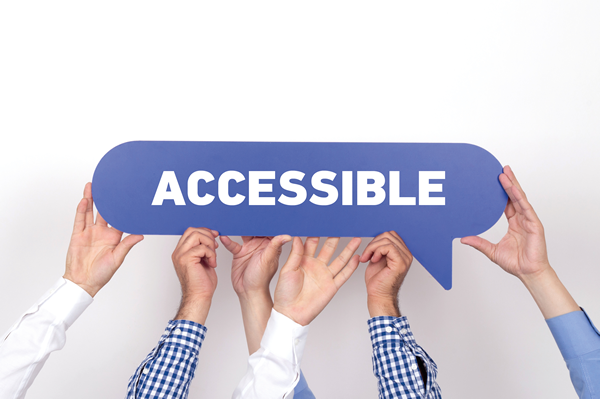
Do you think that most web pages are accessible? Do you know what it means to be accessible? Do you know that with some simple tips you can help create a more accessible web for everyone?
An accessible web page allows users with different types of disabilities to navigate it like any other user without disabilities. This means, for example, that the pages can be used with assistive technologies, that all the functionality is available from the keyboard, that it is easy for users to see and hear the content, and that it provides alternative texts for non-textual content (such as images).
It is essential that the web pages are accessible so that users with disabilities can enjoy the same access to information, entertainment, electronic procedures, etc. that other users have.
In recent years, WebAIM, a renowned University of Utah non-profit organization specializing in web accessibility services, has conducted accessibility studies of the most popular web pages.
On April 30, WebAIM published the results of its accessibility study of the million most popular web pages during February 2021. This study includes an analysis of the compliance of these pages with the Web Content Accessibility Guidelines.
One of the main deficiencies that the study detected is the low contrast between the text and the background of the web pages. This is the most frequent error and it was found in 86.4% of web pages.
On the other hand, about a third of the images on the web do not have alternate texts or are questionable or repetitive texts. Fortunately, the prevalence of this error is slowly decreasing over time.
Regarding the use of headings on the web pages, the data suggests that these are being used more frequently. This is fantastic news as screen readers use headings to make web pages easier for visually impaired users to navigate.
During the three years that WebAIM has been doing these studies, the errors that have increased are: landing pages with low contrast between the text and the background, missing input labels on forms and empty buttons. Instead, the following errors have been on the decline: home pages with missing alt text, empty links, and missing document language.
Despite the improvements detected, there is still a lot to do and we can all do our part. Use the following tips:
- Check and correct the contrast of your page using tools like Contrast Checker from WebAIM or Color Safe.
- If you have forms on your page, remember to assign labels to the fields that require an input, so that those who use screen readers can know what kind of information you are asking for.
- Add descriptive text to the buttons you use on your page.
- Also, add an alternative text to the images on your page. This text can be functional or descriptive depending on the context
Help create a more accessible web for everyone!
Source:
"The WebAIM Million. An annual accessibility analysis of the top 1,000,000 home pages." WebAIM, April 30, 2021, https://webaim.org/projects/million/#intro







